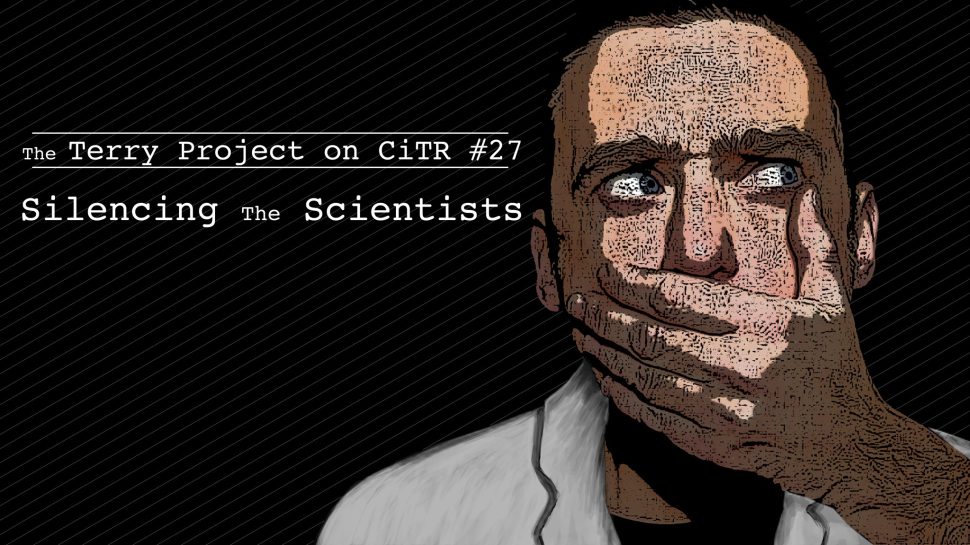
Canada's Conservative government has become notorious for muzzling government scientists, requiring them to speak through political minders (often callow twentysomethings with no science background who received government jobs in exchange for their work on election campaigns). Government scientists are not allowed to speak to the press alone no matter how trivial the subject, and the default position when reporters seek interviews is to turn them down. (Much of Canada's state-funded science pertains to the climate and the environment; Canada's Tories were elected with strong backing from the dirty tar sands and other polluting industries)
A group of University of British Columbia students decided to measure just how extraordinarily secretive science has become in Stephen Harper's Canada. Dave Ng writes:
What if there was a non-political research project that involved a collaboration between NASA scientists and Environment Canada scientists? How easy would it be for a journalist to talk to the scientists involved? It turns out it would take only 15 minutes for something to be arranged with NASA. With Environment Canada, however, it would take the activities of 11 media relations people, sending over 50 pages of internal emails, before a list of irrelevant information was finally sent back – all of this long after the deadline had passed. This is what happened to journalist Tom Spears in April 2012. With this, this Terry Podcast episode asks a simple question: If it was this difficult to get interviews for a positive science story, what would happen if a journalist needed to actually ask some tough questions? Please take a listen as this episode of the Terry Podcast examines the relationship between media and Canadian Government scientists, and questions whether the Harper government has politicized science.
The Terry Project on CiTR #27: Silencing the Scientists
(Image: Talal Al Salem/Terry Project)


